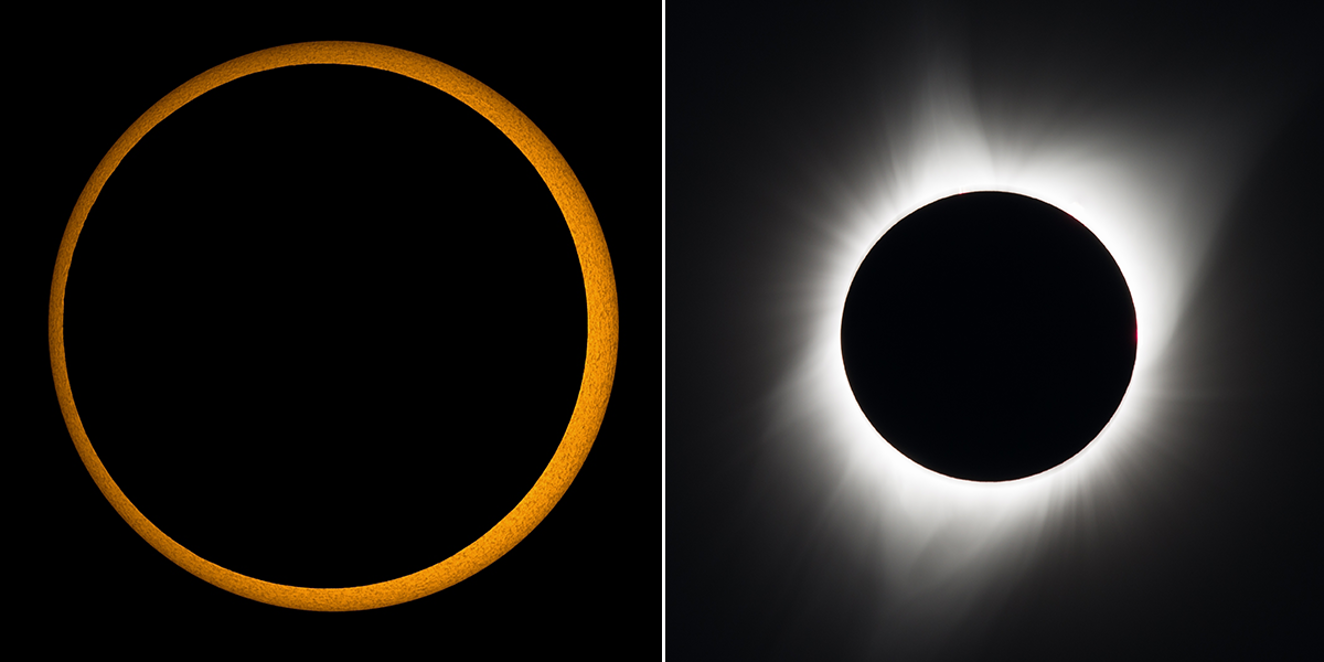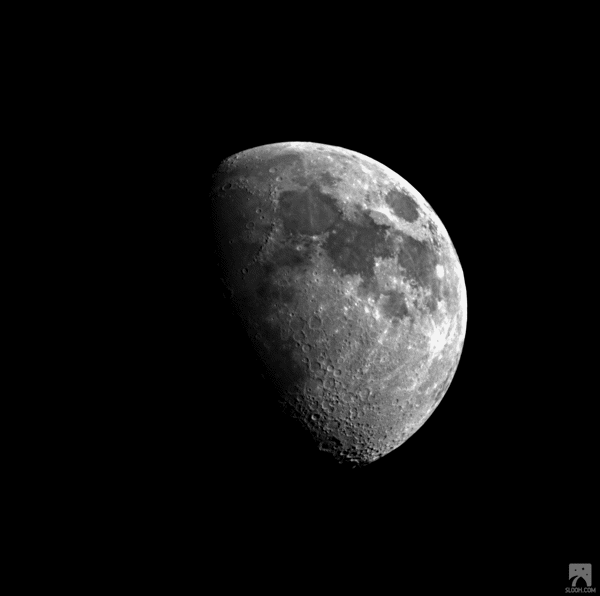
Dive deep into space with the Thomas Planetarium
By Aaron Slonecker, Planetarium Director and Science Education Manager
We're sharing stories about space and the planets beyond our own, with help from Planetarium Director and Science Education Manager Aaron Slonecker.
Exploring the surface of the sun from a distance
As we go along with our daily routines it is often easy to forget just how immensely massive the sun is. Images of the sun. pictured above, show the bright photosphere (the visible surface of the sun) and solar prominences (along the edge or limb of the solar disk). The 'tiny' prominence along the left limb of the sun is about the same size as the Earth.
Our sun is a ball of hot gas, and different parts of the sun (the core, outer layer, equator, poles) rotate at different speeds. This non-uniform rotation causes the sun’s magnetic field lines to twist and coil creating a very complicated magnetic field. The flow of plasma — a hot gas comprised of electrically charged hydrogen and helium — along these magnetic field lines creates the solar prominences we see.
This image was taken with a solar telescope from the Canary Islands Observatory, as part of the Thomas Planetarium Sky Patrol virtual astronomy club.
Changing Directions: Annual Movement of the Sun
In Alaska, the difference in sunlight between the summer solstice and winter solstice is dramatic. We are quite aware of this difference in sunlight, but how many of us pay attention to the sunrise direction? The image pictured left, captured by Zaid M. Al-Abbadi in the city of Amman, Jordan, shows how the location of sunrises changes throughout the year. Around the world on the spring and autumnal equinoxes, the sun rises due east because of Earth’s rotation. During the summer solstice, the sun rises in the east but moves farther northward.
 Supernovas: Nature's fireworks
Supernovas: Nature's fireworks
A fun thought experiment is to think about the difference between looking at the night sky in the northern hemisphere compared to the southern hemisphere. From a northern hemisphere perspective, when you travel south of the equator and look up, the moon and familiar constellations like Orion and Leo will appear 'upside down.'
During our summer solstice, the southern hemisphere experiences their winter solstice and are treated to some truly dark skies, perfect for viewing the sky above. While the southern hemisphere does not see the Big Dipper and other northern constellations often, there are celestial treasures that we are unable to see from Alaska, including the Small and Large Magellanic Clouds and two dwarf galaxies that orbit around the Milky Way galaxy.
Within the Large Magellanic Cloud (LMC), is a very bright object formed from a star explosion called a supernova, pictured above. This image, captured by the Hubble Space Telescope, shows the gas and dust debris from this past supernova explosion. The colors, shapes, and background night sky remind me of the fireworks we see during New Years Eve and July 4th celebrations.

Did you miss the recent solar eclipse? Catch two more in 2023 and 2024
On Thursday, June 10, people in parts of eastern Russia and northeastern Canada were able to see an annular solar eclipse, pictured above (R), where the moon blocks the sun. Because the moon’s orbit is not a perfect circle, sometimes the moon is a little farther away from the Earth. When this happens and the moon also moves in between the sun and Earth causing a solar eclipse, the moon blocks out the Sun’s center, but leaves the sun’s visible outer edges, forming a ring or annulus around the moon.
If you missed the solar eclipse this year, you'll have another chance to see one in our own backyard. In October 2023, the full annular eclipse will pass through parts of eight U.S. states in western and southwestern part of the country. If you would prefer a total solar eclipse, pictured above (L), where the moon completely blocks out the visible surface of the sun, allowing you to see part of the sun’s atmosphere, that will happen April 2024. The path of totality begins in Texas and makes its way northeast through 11 U.S. states.
 The near-side of the moon
The near-side of the moon
One of my favorite objects to observe in the night sky is our moon. The moon is tidally locked to the Earth, meaning that as the moon orbits the Earth, it rotates just enough to always show the same side to the Earth. If you look at the moon over many nights, you will notice that even though the moon goes through phases you end up seeing the same side every night. This near-side of the moon has many great surface features including craters, mountains and dark colored patches of extinct lava fields called mare (Latin for seas). Visible in this image are the landing locations for several Apollo missions and the area where a rock sample that now lives in the Discovery Center was collected.
If you are interested in learning more about the moon through hands-on, STEM activities check out Party in the Planetarium featuring our Interactive Moon Mission program; available for reservation daily.
Credits: Header: Photography by Aaron Slonecker via Slooh. Image 2: Photography by Zaid M. Al-Abba. Image 3: Photography via Hubble Space Telescope / NASA. Image 4: Photography by Mikael Svalgaard. Image 5: Photography by Aubrey Gemignani / NASA. Image 6: Photography by Aaron Slonecker via Slooh.